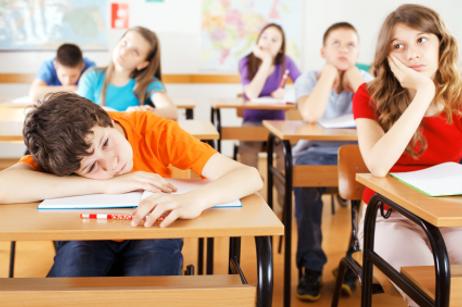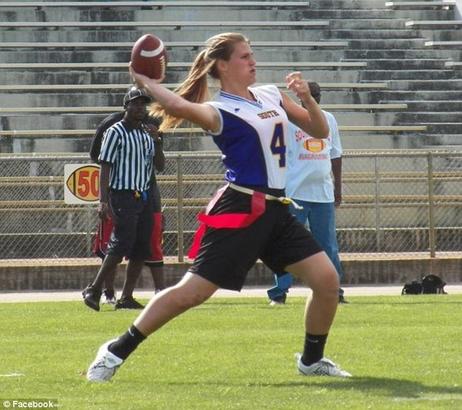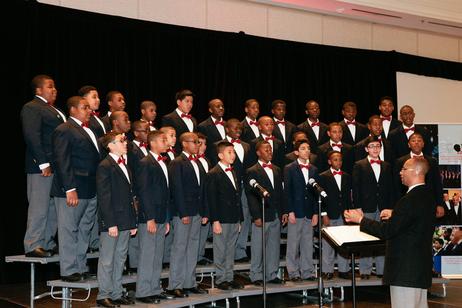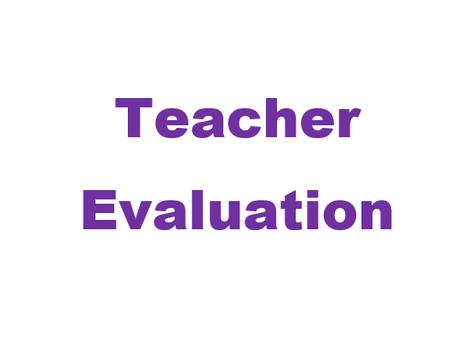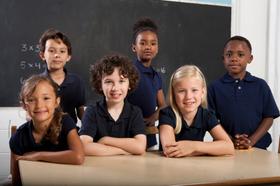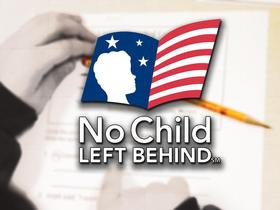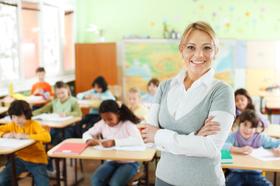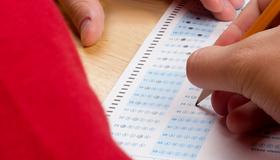A new report from the National School Board Association’s Center for Public Education found that high schools vary greatly in their ability to prepare students for life after high school. At the core of this study appears to be a very important term that requires a precise definition: rigorous curriculum. We’ll take a look at what a “rigorous curriculum” looks like and whether high schools across the country are rising to the task of offering this type of curriculum to their students.
Rigorous Curriculum Produces College and Career Readiness
According to the National School Board Association, a “rigorous curriculum” is required to produce “college and career-ready graduates,” but beyond that statement, the processes involved in reaching that goal become somewhat murky. How do schools know if the curriculum presented to students is “rigorous” enough to ensure success? The report does take the time to define “rigorous curriculum” accurately to make it easier to assess high schools and their ability to prepare students for the future.
First, the website offers a definition of rigorous curriculum that was provided by the National High School Alliance, which reads, “An educational experience that leads to a common outcome – that all students are well prepared for post-secondary education, career, and civic life.” The definition goes on to state that rigor is characterized by a “steadfast focus” on increasing achievement through high-level coursework and aligning high school requirements with expectations for both college and career paths.
Rigor and Common Core

